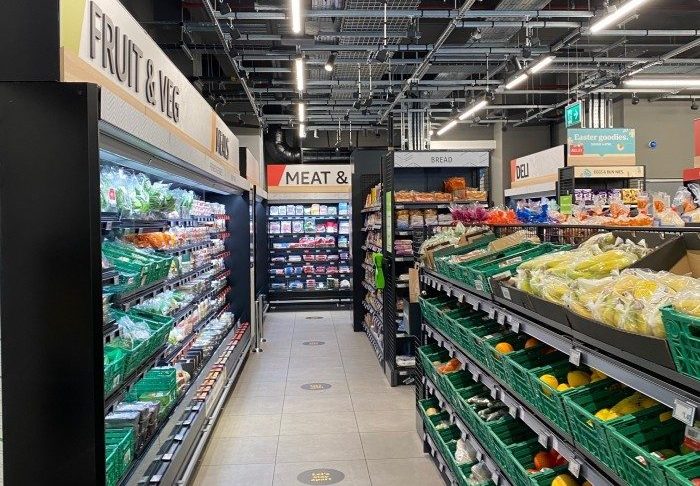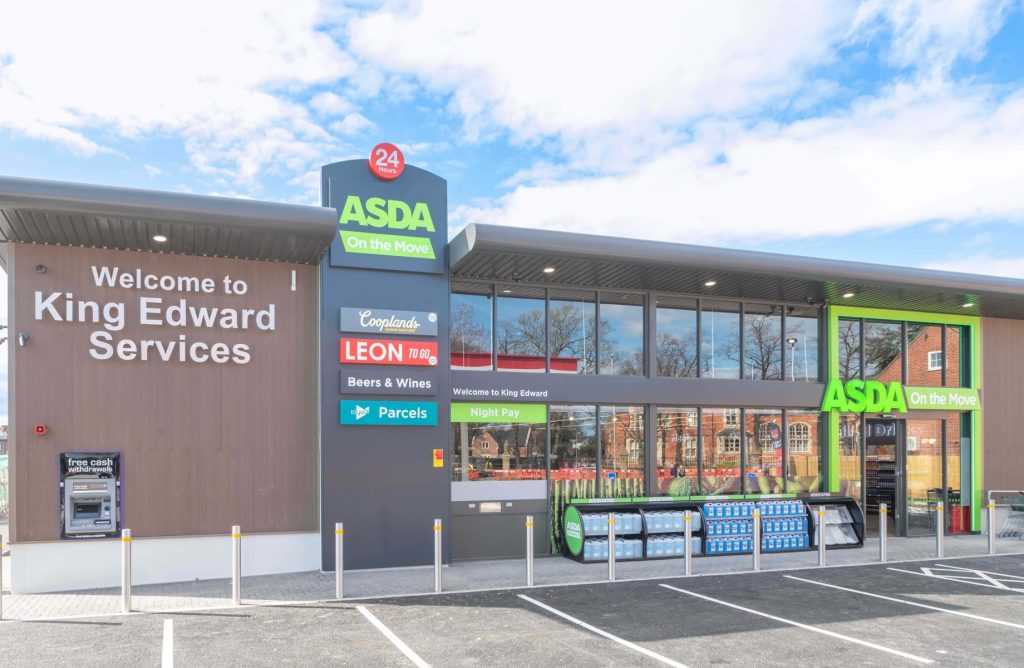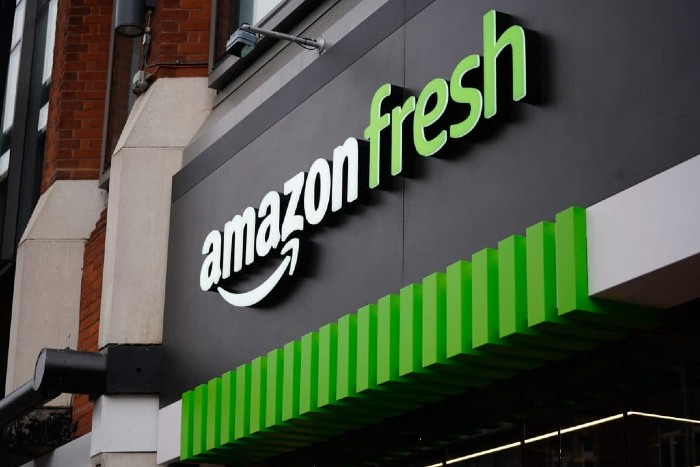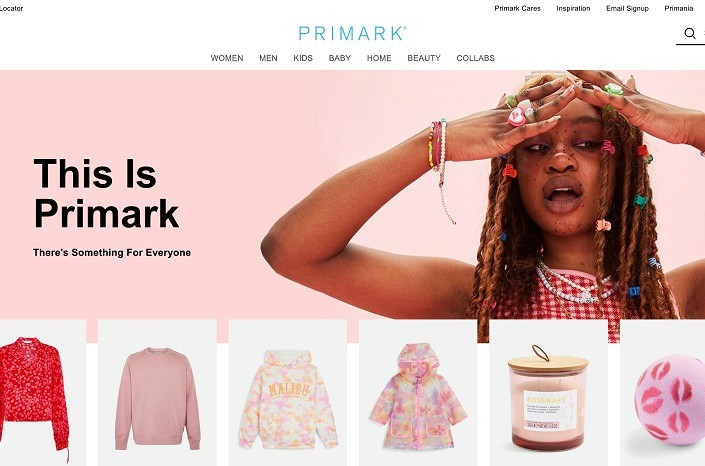Statistics show that online retailing accounts for around one in seven purchases in the UK alone, and that’s considering all of the physical shops and high street stores available to today’s consumer.
This is growing everyday and as more customers visit an increasing number of online retailers, challenges are bound to arise. We’ve spoken to a range of ecommerce business owners to get their thoughts on what challenges they face now and what they expect to be tackling in the years to come.
Challenge 1: Customer trust
This has been a challenge for years, and will be for many to come, due to the fact that people are still wary of purchasing online. Even though security is getting better and better, online fraud still increased 5.5 per cent from 2016 to 2017. This presents the challenge on how we, as online retailers, can build trust with users on our sites.
“As more customers visit an increasing number of online retailers, challenges are bound to arise”
Benjamin Houy, founder of French Together, had this to say about his own personal experience on customer trust: “People wonder if their credit card data will be safe, they wonder if I will actually honour my 60-day money back guarantee. I have found that the best way to reassure customers is to offer payment methods they trust.”
This comes in the form of ensuring your website is as accessible to all users regardless of their payment type. Display this clearly with payment seals and logos on the checkout page and in the footer of your site and you will immediately be talking the language of many online shoppers. In addition to this, it’s crucial to ensure your site is running securely with https enabled, otherwise, browsers like Google Chrome will tell users not to enter any personal information due to the lack of security.
Challenge 2: Seasonality
Seasonality can be the biggest challenge for businesses who want to specialise in a certain range of products. This shouldn’t put entrepreneurs off who wish to tackle this challenge though. Andy Baxter, managing director of online gardening retailer Internet Gardener, comes up against the issues of seasonality every single year.
“Seasonality has and will always be a challenge for a retailer like ourselves that focuses on gardening products,” he said.
“It used to be around 10 per cent of our business would come from months outside of Summer, however, this is now around 30 per cent. This is a challenge we monitor and tackle every year without fail, and we do this by ultimately, diversifying our product range.
“Initially, we developed a wide Christmas range to get people engaged with the site and product range in this period. This has developed over time and we allow our messaging and marketing to shift to these items when gardening is in its low season.”
Taking on more stock and risk allowed them to diversify but also potentially reach a new audience they hadn’t been able to approach before. This challenge may not be so simply solved for most businesses who face seasonal trends though, especially when suffering from recruitment challenges as well as everything else.
Challenge 3: Customer journeys
While payment seals and ensuring you have engaging products will encourage customers to purchase, analysing the entire customer journey is going to be hugely beneficial. Users will abandon cart due to technical difficulties at an astonishing rate, recent reports, put the figure at around seven in 10 carts abandoned.
A customer journey analysis will analyse many aspects on your site including the following:
- Ease of navigation
- Precise abandonment location and reason
- Efficiency & speed of site
- Technical considerations
- Customer engagement
At Hidepark, we recently began to look into this sort of analysis. We made sure our key messages were more prominent. We ensured customers knew about our delivery services from messages placed throughout their journey as well as putting our reviews in a module that users were exposed to throughout their browsing. These small messages help to instil trust and develop a more actionable journey encouraging them to convert.
Keeping customers engaged and getting them to the final step of pressing that “order now” button is key to all retailers’ online plans. It continues to be a challenge, especially in 2018, when the average consumer is more impatient than ever.
Future Challenge 1: Shoppable Video
All online retailers come up against similar changes, the state of the industry is developing at a rapid pace, but ultimately, the common theme is that consumers are expecting more. This also means technological innovations like shoppable video. Eddie Tomalin, vice president marketing at Wirewax, discussed the future challenge.
“With online video forecast to account for 79 per cent of all web traffic by 2021, it’s no doubt that savvy brands are always looking for innovative ways to engage their audiences online,” Tomalin said.
“In the world of ecommerce, this means explicitly shortening the path to conversion. Shoppable video provides the perfect environment for this.”
While this may seem entirely futuristic for consumers to purchase products directly through video, it’s a challenge that is approaching with speed. We consume video content all the time, it’s not too hard to imagine users tapping a video to then add a product to their basket.
“While this may seem entirely futuristic for consumers to purchase products directly through video, it’s a challenge that is approaching with speed”
This is going to be a challenge for smaller retailers who may not be able to afford such services, but as the demand grows, the number of businesses offering this service is sure to increase too. Wirewax did add that the barrier to entry was low at the moment, but it may be challenging for smaller retailers to set aside their marketing budget for something that’s still considered to be experimental.
Future Challenge 2: Facing Amazon
“What concerns me in the next 12 months is Amazon’s dominance,” said Adam Watson, director of online retailer Hollywood Mirrors.
“I think people are just going to bypass Google and use Amazon’s search function to find products as it is easier and faster to get what you are after.
“Amazon already holds 50 per cent of the ecommerce market and it is still growing. Once it gets same day delivery working, everyone else is going to struggle to compete.”
This is a key issue, one that kept cropping up when we spoke to businesses. Amazon is dominant and people very well may be increasingly bypassing search engines, this is a challenge in branding and business. Smaller ecommerce stores need to provide something different that Amazon can’t offer.
While offering a similar speedy delivery is going to help, it’s not plausible for all retailers to be aiming for same day delivery. To face this challenge, now and in the future, retailers need to be personable, efficient, competitive in price and maybe, even try and outrank Amazon for key search terms, but that’s a whole other battle.
It’s an uphill battle and the ecommerce landscape is going to continue to be extremely challenging in the coming years, so smaller retailers need to find their niche and dominate it.
Ian Blackburn is the Managing Director of online clothing retailer Hidepark
Click here to sign up to Retail Gazette‘s free daily email newsletter


















